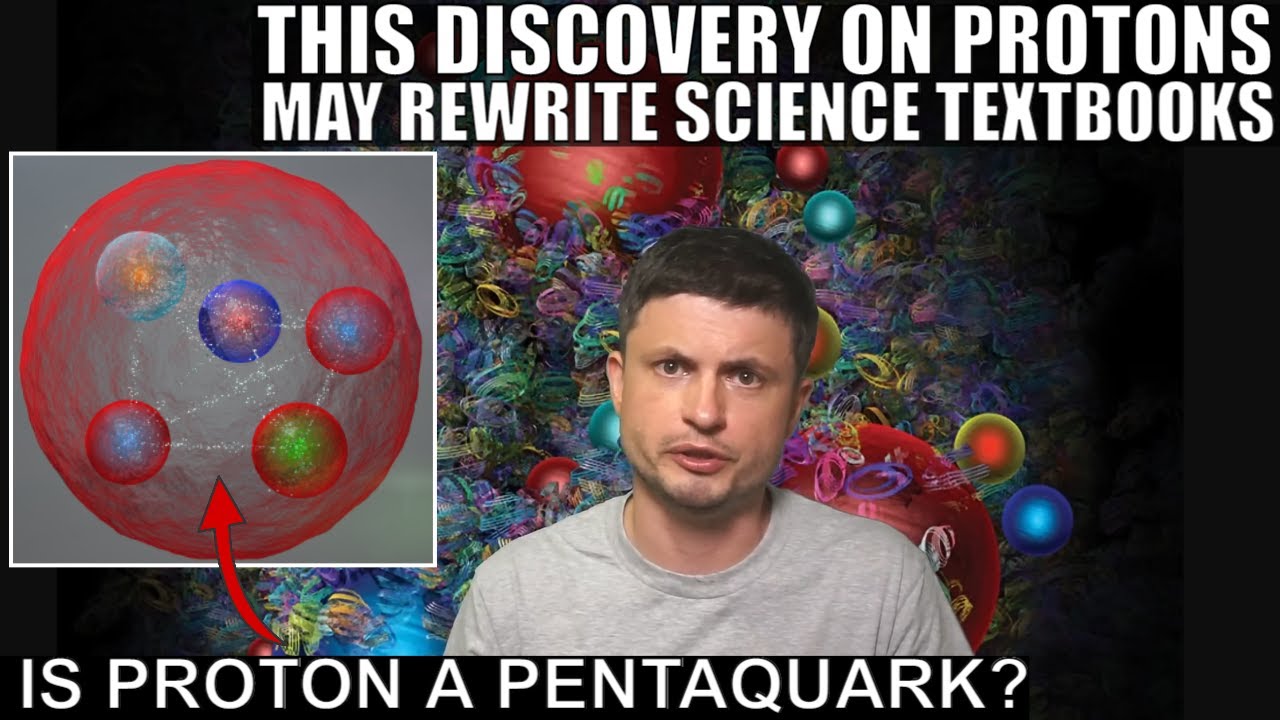The research paper is “Evidence for intrinsic charm quarks in the proton”, with full text available at the link. Here is the abstract:
The theory of the strong force, quantum chromodynamics, describes the proton in terms of quarks and gluons. The proton is a state of two up quarks and one down quark bound by gluons, but quantum theory predicts that in addition there is an infinite number of quark–antiquark pairs. Both light and heavy quarks, whose mass is respectively smaller or bigger than the mass of the proton, are revealed inside the proton in high-energy collisions. However, it is unclear whether heavy quarks also exist as a part of the proton wavefunction, which is determined by non-perturbative dynamics and accordingly unknown: so-called intrinsic heavy quarks. It has been argued for a long time that the proton could have a sizable intrinsic component of the lightest heavy quark, the charm quark. Innumerable efforts to establish intrinsic charm in the proton have remained inconclusive. Here we provide evidence for intrinsic charm by exploiting a high-precision determination of the quark–gluon content of the nucleon based on machine learning and a large experimental dataset. We disentangle the intrinsic charm component from charm–anticharm pairs arising from high-energy radiation. We establish the existence of intrinsic charm at the 3-standard-deviation level, with a momentum distribution in remarkable agreement with model predictions.We confirm these findings by comparing them to very recent data on Z -boson production with charm jets from the Large Hadron Collider beauty (LHCb) experiment.
Aside from the evidence for the presence of heavy quark-antiquark pairs in the proton, this work is interesting because it shows that machine learning and big data are doing physics now.
